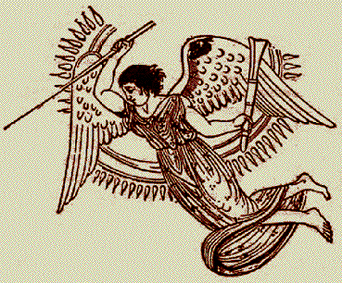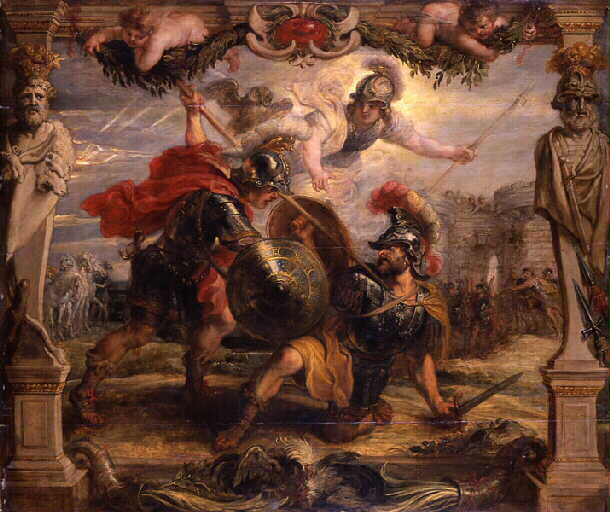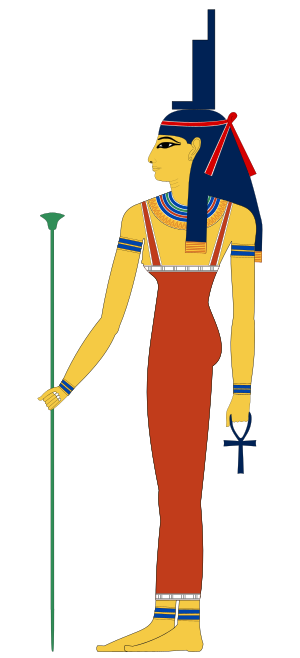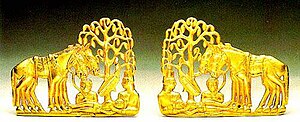
Continuing the story in Book 1 (links to Seaton’s translation) of the Argonautica. It is one of many ancient works of literature that deserve to be read alongside the Bible to keep everything in perspective. [This is the second part of my little series of posts reading the Bible in the context of popular ancient fiction, specifically with the Argonautica.]
Prayer, promise, loss and suffering
Before embarking on their quest for the golden fleece, the leader of the expedition, Jason, utters a lengthy prayer to Apollo, the god of his fathers. His prayer reminds Apollo of promises the god made to him in the past, seeks protection, offers devotion, and announces that all will be done for the god’s glory. Following the prayer a number of sacrifices are offered. In their wake, one of the crew, Idmon, pronounced a prophecy declaring final success for the mission, but only through many trials and tribulations, including death for himself. The crew listened with mixed feelings, rejoicing in the promise of eventual success, but mournful at the fate of Idmon.
Jason’s prayer is matched by Solomon’s prayer at the inauguration of the Temple and the beginning of the new era for Israel under God. God is reminded of his promises, protection is sought, and God’s name is to be glorified. At the Amen, the sacrifices begin. But with the prayer are hints that not all will be well. Readers are reminded of the history of failure of Israel. There are many such prayers throughout the Bible. Jesus prays for the safety of his followers, conceding that one must be lost according to the divine pre-ordained will. All prayers acknowledge the necessity that the godly must suffer severe trials before they reach their final reward.
The leader sets himself apart, and is challenged, but music restores the calm
The crew, the argonauts, quickly forget the sober moment when evening falls and it is time to rest, tell stories and feast with wine. Their leader Jason, however, cannot share with them their carefree spirits. He is too burdened with the full awareness of the dangers ahead, and his responsibility of leading them all safely. Like Homer’s Odysseus before him when he knew too well the dangers that faced his crew, and who likewise left them in their carefree state of mind to go off alone to pray, Jason withdrew himself. Continue reading “Bible and the Argonauts: Chapter 2”



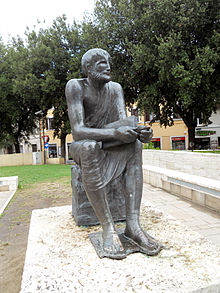

 Continuing from the
Continuing from the 